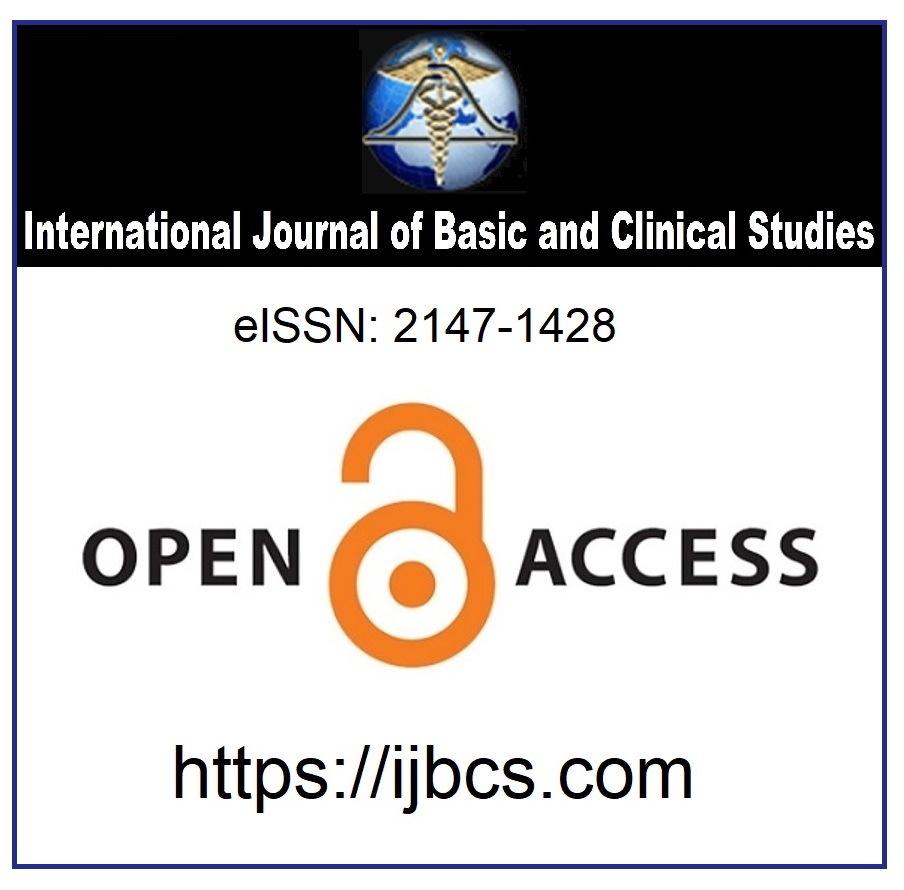How to Prevent Medical Errors?
Keywords:
Medical Errors, Decision Making, Evidence-based, BiostatisticsAbstract
Medical errors are a serious health concern and are the leading cause of death in the United States. It is difficult to uncover a consistent cause of the error and provide a solution. Medical errors are in third place after heart disease and cancer. A recent Johns Hopkins study claims that more than 250,000 people in the United States die from medical errors each year. Other reports claim the numbers are as high as 440,000. The biggest reason for this disaster is the inability to make the right decision about diseases. Clinicians working in complex, high-pressure scenarios should focus on enhancing their learning to gain knowledge and skills. All of this is necessary to improve patient outcomes as well as clinician performance. Complex patient decisions made in uncertain conditions can also be influenced by the personal factors of physicians. Not allocating enough time to the patient, short communication and decisions that need to be acted on quickly, as well as pressure from other patients waiting to be seen,
increase wrong decisions. Biostatistics methods reconstruct the mind for analysis, evidence-based alternative thinking, comparison, and complexity, which are the foundation of decision making. Biostatistical thinking does not accept any suggestions that are not evidence-based. We should teach this biostatistical idea to all our healthcare professionals, both theoretically and practically. There are main eight stages in the decision-making process are as follows; 1. Framing the problem 2. Hypothesis
development 3. Data collection 4. Choosing the statistical method that provides the best evidence 5. Data analysis 6. Interpretation 7. Decision-making 8.Implementation. As a result, it is necessary to increase the Biostatistics education, which gives the methods of decision theory to prevent errors in the field of health and to make applications that will gain this skill.
Downloads
Published
How to Cite
Issue
Section
License
Copyright (c) 2022 by the Authors

This work is licensed under a Creative Commons Attribution 4.0 International License.



